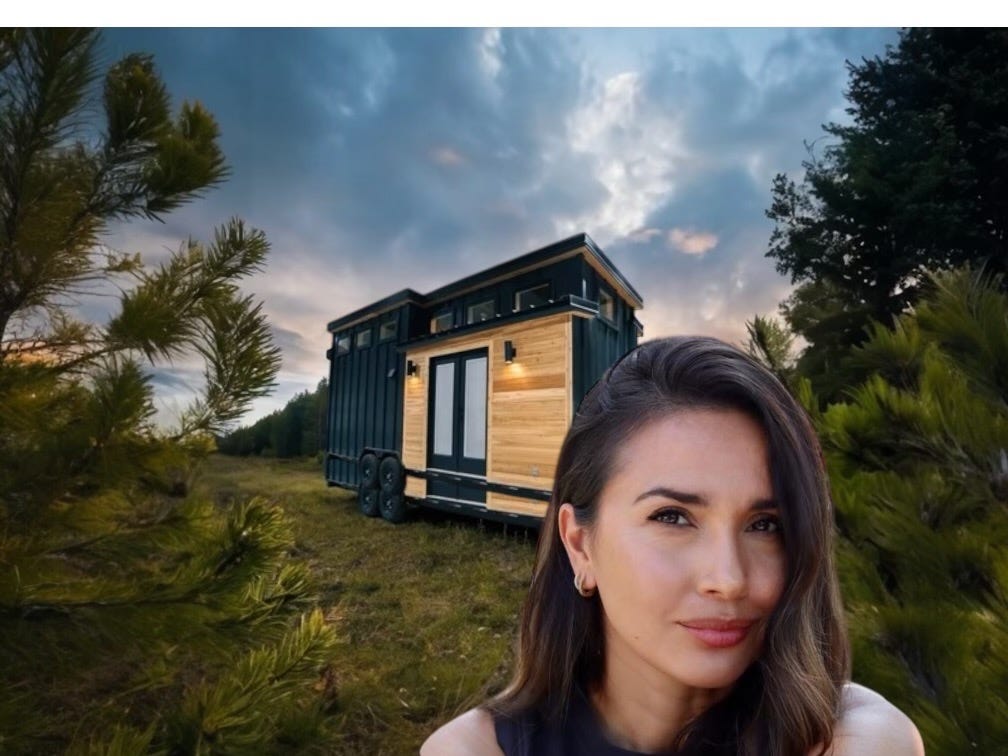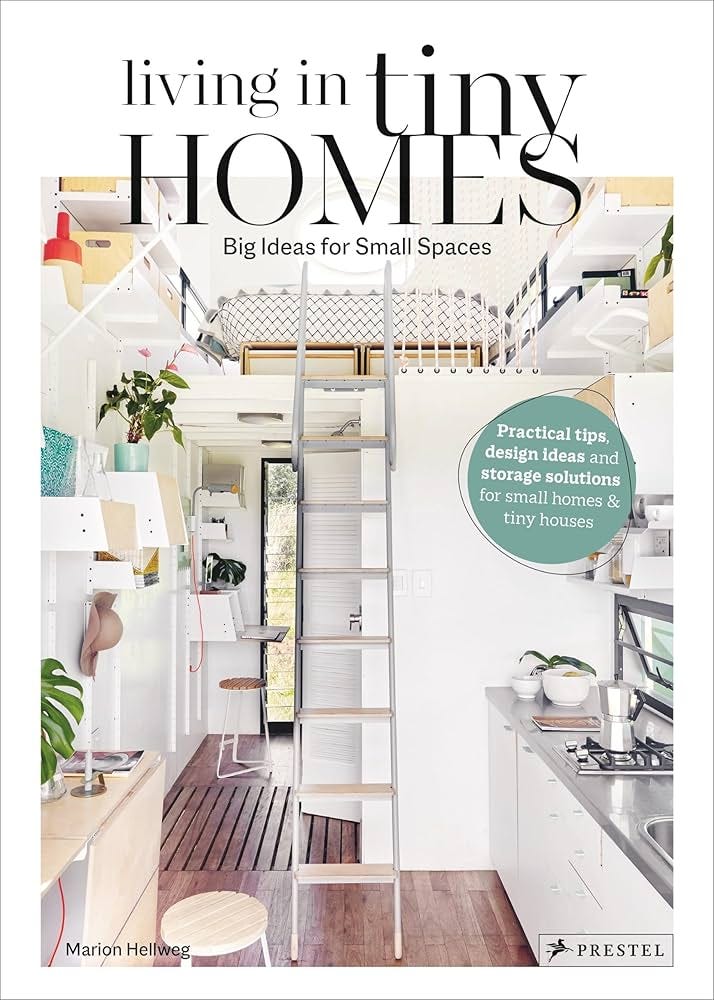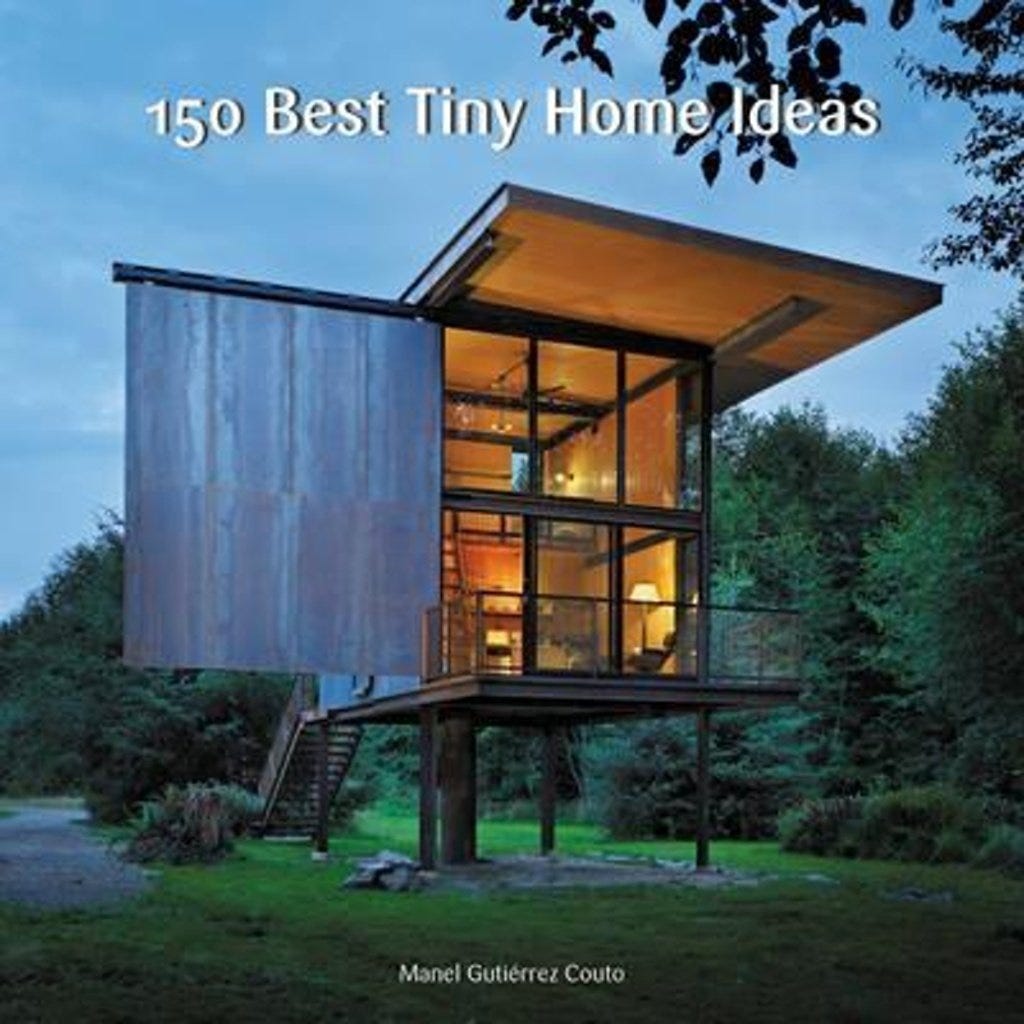Anabella Mainetti, CEO and co-founder of Mainefactured
The traditional American dream of a sprawling suburban home with an idyllic white picket fence is undergoing a radical transformation.
The soaring cost of homeownership, shifting societal values, and an increasing focus on sustainability have propelled the tiny home movement into mainstream consciousness.
While once seen as a fringe lifestyle embraced by minimalists and off-grid enthusiasts, tiny homes are now emerging as a viable and strategic solution to the affordability crisis gripping the housing market.
At the forefront of this movement is Anabella Mainetti, CEO and co-founder of Mainefactured, a company dedicated to reimagining tiny home living through innovation, sustainability, and high-quality design.
Through her expertise in industrial engineering and marketing, Mainetti has turned her vision into a reality, offering homes that are both durable and desirable—a crucial shift in perception that could redefine housing in the decades to come.
But what does the future hold for tiny homes? Will they remain a niche trend, or could they fundamentally reshape the way we think about housing?
To answer these questions, we explore the economic implications, market trends, and policy considerations that will determine whether tiny homes become a staple of modern living or remain an alternative for a select few.
The Economic Case for Tiny Homes — Affordability Without Sacrifice
One of the most compelling arguments in favor of tiny homes is their affordability. The average price of a new traditional home in the U.S. now exceeds $400,000, while a well-constructed tiny home can cost $70,000 and up —a fraction of the price.
This affordability is a game-changer for first-time buyers, retirees looking to downsize, and anyone seeking financial independence without the burden of a 30-year mortgage.
Mainetti, whose company specializes in high-quality, steel-framed tiny homes, believes that affordability should not come at the expense of comfort or style.
“People often think tiny homes mean giving up convenience, but we’re proving otherwise. Our designs maximize every square foot with smart layouts, full-sized kitchens, and custom storage solutions. It’s not about living with less—it’s about living smarter.”
This approach is echoed in Marion Hellweg’s book, Living in Tiny Homes: Big Ideas for Small Spaces, which showcases the art of efficient living. Hellweg highlights innovative storage solutions and adaptable furniture that make small spaces feel expansive, reinforcing the idea that tiny living is a deliberate, thoughtful lifestyle choice rather than a compromise.
As economic pressures mount, particularly for younger generations, the shift toward low-maintenance, energy-efficient homes could become more than just a passing trend—it could represent a fundamental recalibration of the housing market.
Breaking Down Barriers: Zoning Laws and Policy Challenges
Despite their promise, tiny homes face significant legal and zoning hurdles. Many municipalities classify them as accessory dwelling units (ADUs) or restrict their placement due to outdated regulations designed for traditional housing.
Mainetti notes that while interest in tiny homes is growing, the biggest roadblock remains local government resistance.
“Zoning restrictions often limit where tiny homes can be placed, which slows widespread adoption. We’re actively working with policymakers to advocate for more flexible land use laws, like permitting ADUs and creating tiny home-friendly zones.”
Some cities have begun embracing this shift. For example, states like California and Oregon have passed legislation making it easier to place tiny homes on residential properties. But broader change is needed.
If municipalities recognize the economic and environmental benefits of tiny home communities, we could see a significant expansion of these developments in the coming years.
Tiny Homes as Investment Properties — The Rise of Community Developments
Beyond personal homeownership, tiny homes present a unique investment opportunity. Developers and hospitality brands have started recognizing their potential as rental properties, vacation homes, and co-housing solutions.
Mainetti highlights the increasing interest from investors:
“We’re seeing a surge in developers looking to build entire tiny home communities. Not only do these communities offer sustainable, low-cost housing options, but they also provide high returns on investment with low overhead costs.”
This trend is explored in Manel Gutiérrez Couto’s book, 150 Best Tiny Home Ideas, which details how tiny homes are being integrated into eco-conscious community planning and off-grid living models. The book showcases how developers worldwide are using tiny homes to build innovative housing solutions that blend seamlessly with nature.
A particularly exciting development is the hospitality industry’s embrace of tiny homes. Hoteliers like Marriott have begun investing in alternative lodging options, including tiny home experiences, to cater to the growing demand for eco-friendly, immersive travel experiences.
“More travelers today are looking for experiences over traditional hotel stays,” says Mainetti. “Tiny home communities offer an intimate, nature-based retreat while still providing modern comforts.”
This investment shift signals that tiny homes are more than just a personal housing alternative—they are a viable, scalable solution for multiple industries.
Sustainability and the Future of Housing
One of the most critical advantages of tiny homes is their sustainability. The average tiny home uses 80% less energy than a traditional home, and many are designed with solar panels, rainwater collection systems, and high-efficiency appliances.
Mainefactured has prioritized eco-conscious design, incorporating steel framing (which is both durable and recyclable), energy-efficient windows, and low-VOC materials. These choices align with broader industry trends toward net-zero energy homes and sustainable urban planning.
“Sustainability is at the core of everything we do,” Mainetti emphasizes. “As more people become environmentally conscious, the demand for homes that minimize waste and energy consumption will only grow.”
Hellweg’s book reinforces this narrative, offering practical guidance on designing compact homes that harmonize with nature rather than disrupting it. The shift toward smaller, more energy-efficient housing could have a profound impact on the real estate market and urban development strategies.
Are We at a Tipping Point for Tiny Homes?
As the world grapples with an affordability crisis, climate change, and shifting consumer values, tiny homes represent a convergence of economic, environmental, and cultural evolution. The movement is no longer just about minimalism—it’s about rethinking homeownership itself.
Mainefactured and other innovators in the space are proving that tiny homes can be luxurious, practical, and economically viable. The key challenges—zoning laws, financing options, and societal perception—are gradually being addressed, paving the way for wider adoption.
Looking ahead, the mainstreaming of tiny homes could lead to:
Expanded urban zoning for tiny home developments
More financial products tailored to tiny home buyers
Integration into large-scale residential and commercial projects
New advancements in modular and off-grid home technology
The tiny home revolution isn’t just about shrinking square footage—it’s about expanding possibilities for affordable, sustainable, and flexible living. Whether for homeownership, investment, or alternative lodging, the future of housing might just be smaller, smarter, and more intentional than ever before.
I am a former urban journalist who has written hundreds of feature articles for publications like Comstock’s Magazine, Governing Magazine, New Geography and many others. You can support me in building this city-centric digital community by becoming a free subscriber or member supporter.
Every little bit is appreciated.
Diamond-Michael Scot








Encouraging to know that there's a movement in this direction with the housing market.
I would love to live in a place like this 😍